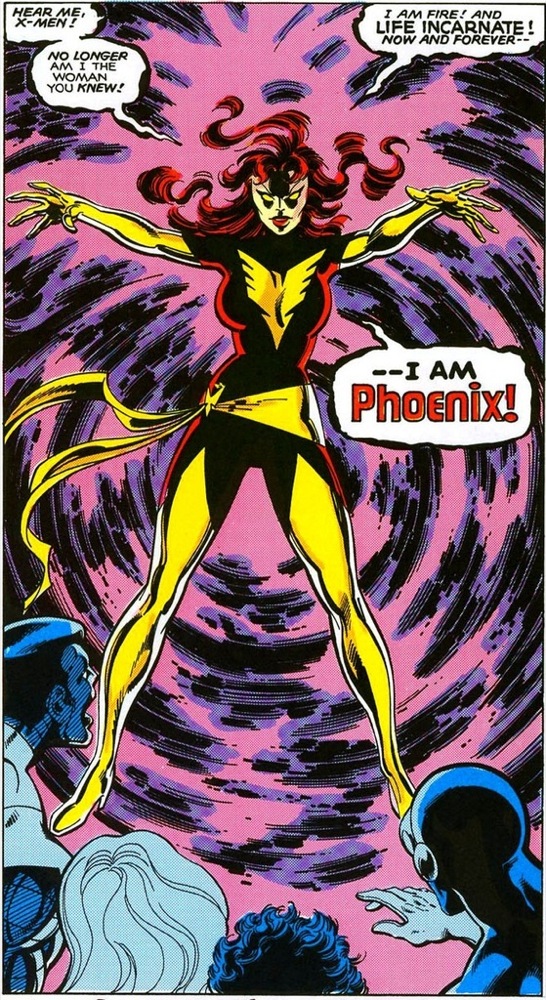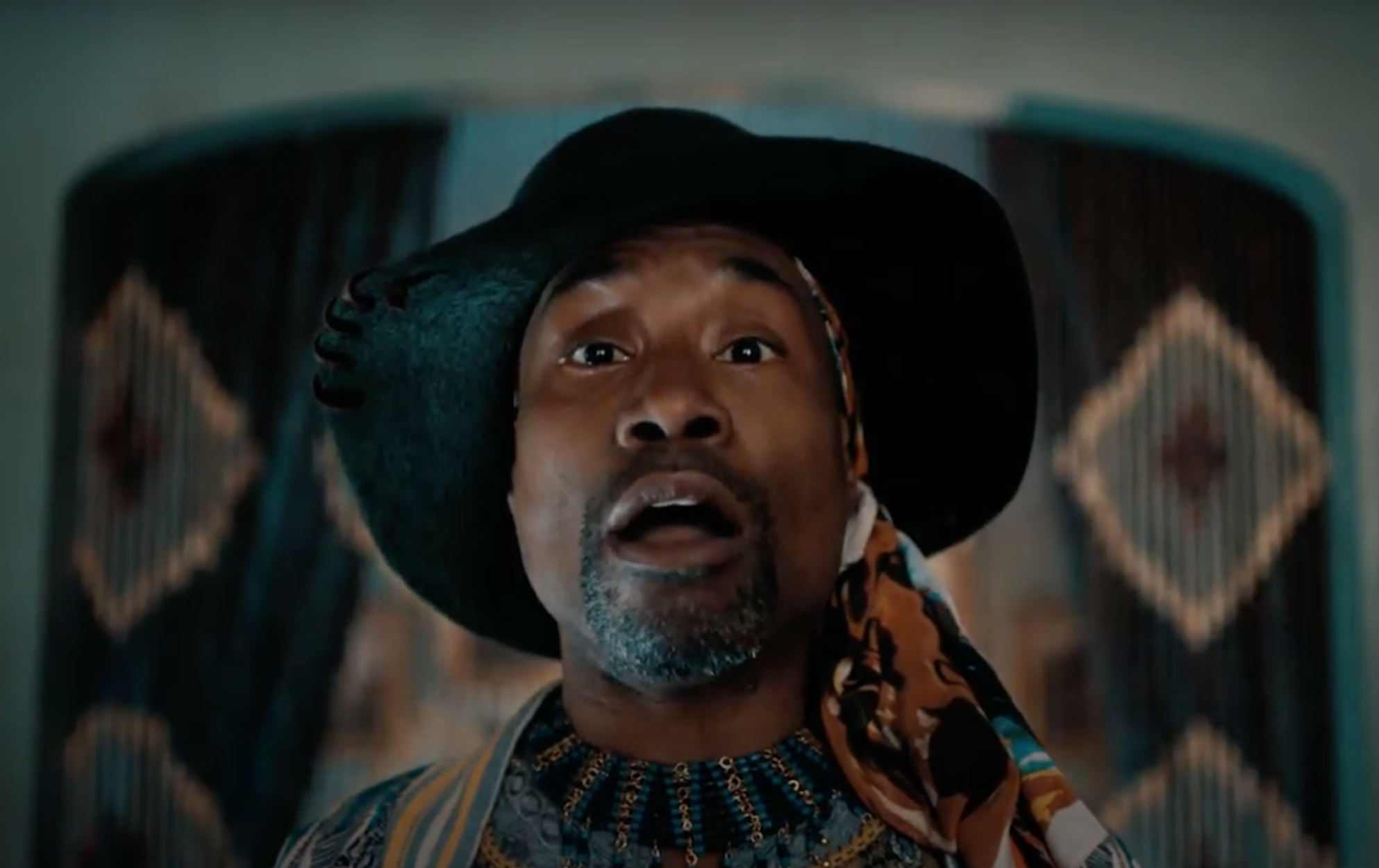
‘X-Men: The Dark Phoenix Saga (Uncanny X-Men 1963-2011)’ review
By Brittney MacDonald, Life & Style Editor
5/5
In the past, I have made no attempt to hide my utter love of the X-Men. I have been a loyal fan of the franchise since I was that little girl pretending to be Rogue in my backyard. But I have done a disservice to the franchise by never acknowledging one of the most quintessential story arcs to ever grace a comic’s page: The Dark Phoenix Saga. So prepare yourself for some feelings and a whole whack-load of bias.
Even if you don’t follow the X-Men, if you are at all into comics you should know the basic gist of what the Dark Phoenix Saga is. Written by Chris Claremont, it is most notable for its tragic plot, following Jean Grey and the Phoenix Force. It is one of the earliest examples in comic lore of a character being consumed by their super-human abilities. Grey is not defeated by some outside force—though she does suffer some manipulation at the hands of the Hellfire Club—it is instead her inability to control an ancient, cosmic consciousness that lives within her that ultimately causes her to turn on not only the X-Men, but all of humanity. Thus, she becomes the enemy, and the reader is made to watch as the X-Men are forced to fight one another.
Though this idea of a team turning on itself is a common story trope nowadays, in 1963—when this story arc first began—this type of narrative was still relatively new. Readers were used to seeing heroes fight the bad guys, not each other. Couple that with the fact that there was already established character intrigue regarding the Jean Grey/Wolverine/Cyclops love triangle, and you have the recipe for a shocking story arc of epic proportions.
Admittedly, the art by John Byrne and Terry Austin is dated by today’s standard, though it does have a unique and endearing quality about it. It is a very classic example of the aesthetic that most people think of when they think of comics—bold colours and heavy inks within a traditional medium. I enjoy the stylization, but if you are used to more modern titles, you might find this art to be a little simplistic due to its lack of colour blending.
I think it goes without saying that I would recommend this title. Having the ability to experience the Dark Phoenix Saga in its entirety within a single volume makes the story more linear and easy to understand, which will help for people unfamiliar with this particular story arc. As far as why people should be interested in this arc at all—it is simply a classic. The comic version of Dickens, as far as I’m concerned.
